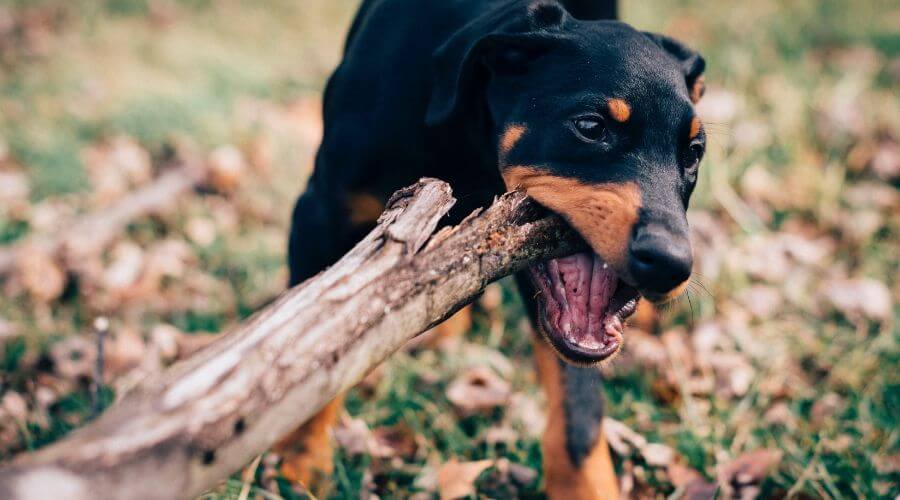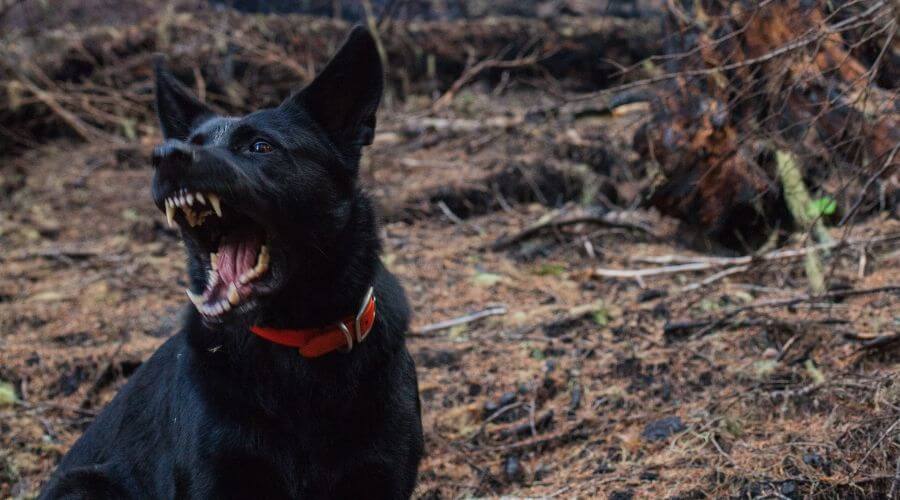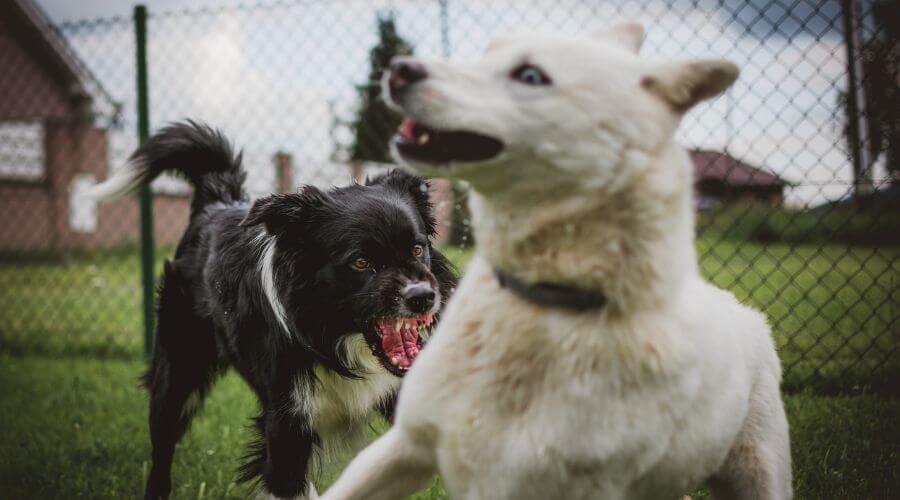Nearly 4,000 people are hospitalised in Australia every year due to dog-related injuries, with dog bites amongst the most common…
Dog is man’s best friend. As such, humans can form such strong and loving bonds with our canine chums that they become part of the family. But that doesn’t necessarily mean they will never bite you.
Likewise, if you are a pet professional, bites and scratches from dogs are almost inevitable injuries. They come with the territory of being a vet, a dog sitter or groomer.
However, despite the risk of dog bites faced by those who work in the pet industry, young children are still the highest risk group for dog bites.
According to the Australian Institute of Health & Welfare (AIHW), close to 4,000 people were hospitalised due to dog-related injuries in Australia in 2013-14.
To put this figure into perspective, there were 572 drowning cases, 1,884 cases of poisoning by substances other than pharmaceuticals and 5,749 burns cases that resulted in hospitalisation in the same time period.
More than 90% of the dog-related hospitalisations were due to dog bites, with the highest number of cases reported amongst children aged 0-9 years (652 cases).

Why dogs bite
Dog bites are a very real and dangerous risk that veterinarians and their staff face every day. Vets play a vital role in looking after their own safety, as well as the safety of their staff and clients.
As a safety measure it’s important to recognise biting triggers. After all, vets are in the business of poking, prodding and performing procedures which can trigger fear in some dogs, leading to biting.
To help reduce the likelihood of bite injuries to themselves and those around them, pet professionals can help remind and educate clients and veterinary staff on the reasons why dogs bite.
And there are a myriad reasons why a dog will bite. In the home setting, they may be safeguarding a toy they believe to be theirs, protecting a bone, or marking their territory.
If a dog is injured or unwell, they may bite as a way of displaying their pain. Particularly as many veterinary examination rooms are fairly small, the dog can feel anxious and defensive. When an animal feels trapped it’s likely to bite in order to escape.
According to the American Veterinary Medical Association (AVMA), ‘Dogs bite as a reaction to something. If the dog finds itself in a stressful situation, it may bite to defend itself or its territory.
‘Dogs can bite because they are scared or have been startled. They can bite because they feel threatened. They can bite to protect something that is valuable to them, like their puppies, their food or a toy.
‘Dogs might bite because they aren’t feeling well. They could be sick or sore due to injury or illness and might want to be left alone.’
It states that dogs can also nip and bite as part of playtime. While this might be fun for our four-legged friend, it can be dangerous for humans, particularly infants and children.
If you operate a puppy training school, you can remind pet parents of the need to be vigilant when children are playing with the puppy. Encourage parents to make their children aware of the risk of getting bitten, without making them fearful of the dog.

Common areas for dog bites
The AIHW reports that the most common human body parts injured by dogs are the wrist, hand and face.
For those bitten by a dog, 45% of injuries were to the wrist or hand. For children aged 0–9, injuries to the face were more common (74%).
Those people bitten by a dog mostly sustained open-wound injuries (3,013 cases) followed by fractures (200 cases).
In instances where a dog bite breaks the skin and causes an open wound, there’s the potential for serious infection. Factors that may increase the risk of infection include deeper wounds, puncture injuries, crush wounds and wounds on the hand.
According to the AIHW, of the cases of hospitalised dog bite injury that resulted in an open wound, 654 had an infection (88%).
With regards to the location at which the injury occurred, the home is the most common location. Children 0–9 years had the highest proportion (91%, 287 cases) of dog-related injuries that occurred in the home.
This may suggest that most dog bites come from the owner’s dog, as opposed to an unknown dog or a dog belonging to a friend, family member or neighbour, for example.
Again, this is another reason why pet professionals should encourage clients to train their dog well and to never leave a child alone with a dog.
As a vet, a dog groomer or a pet sitter, if you encounter a dog that is poorly behaved, shows signs of aggression or unease, it’s important to talk to your client about this.
It may be that they haven’t witnessed this behaviour or perhaps they just don’t know how to address it. This type of behaviour could lead to injury down the track, so why not suggest a local trainer, animal behaviourist or offer some tips on how they can help manage their dog’s behaviour.

How to treat a dog bite
The main issue with dog bites is the risk of infection. As such, dog bites need to be treated quickly to reduce the likelihood of infection and complications.
In the instance that you sustain a dog bite – perhaps while administering an injection to the animal or during a grooming session, where the animal becomes scared – the following steps are recommended. (These advice points can also be shared with clients.)
- Wash the wound to clean it out using soap and warm water
- Dress the wound with a sterile bandage to protect damaged skin, keep the wound clean and control bleeding
- To prevent infection a tetanus shot is recommended. Antibiotic ointment can also be used on the wound itself to prevent infection
- Visit the GP to check the wound for infection. Antibiotics may be prescribed to stop the growth of bacteria
It is the sole responsibility of the dog owner or professional in charge of the dog (pet sitter or dog walker, for example) to implement appropriate measures to manage the actions and behaviour of the animal. This includes using a leash when necessary, controlling the dog’s actions, particularly when in public, and making sure the dog remains secure in the home or back garden.
Sometimes, no matter what precautions you take, dog bites happen and this is when insurance comes into play. As a pet sitter or dog walker, insurance offers the peace of mind that should a dog in your care bite another person you are covered for the cost of compensation and medical bills.
Information sources:
Australian Institute of Health and Welfare 2017. Dog-related injuries fact sheet. Cat. no. INJCAT 186. Canberra: AIHW.
American Veterinary Medical Association. Accessed online June 2019
Jennifer Broom, Marion L. Woods. Management of bite injuries. Australian Prescriber, March 2006. Volume 29. Pages 6-8. Accessed via: https://www.nps.org.au/australian-prescriber
Latest posts by Liz Walden (see all)
- Pet health: Medicinal cannabis for pets - December 27, 2021
- What pet business insurance do I need? - November 17, 2021
- Pet sitters: how to take time off - November 15, 2021











Leave A Comment